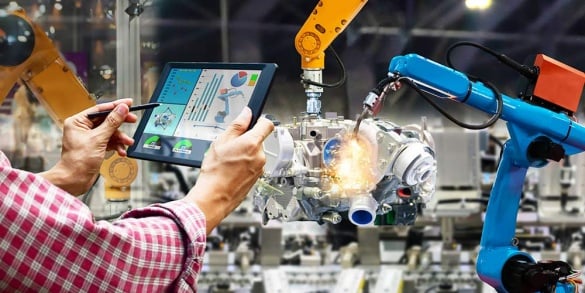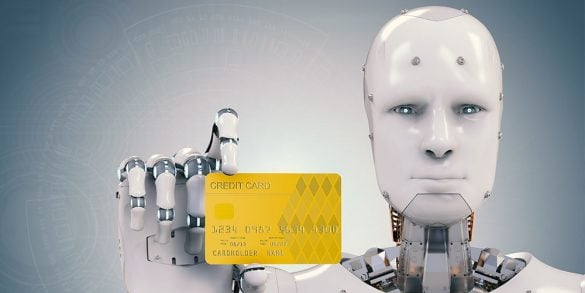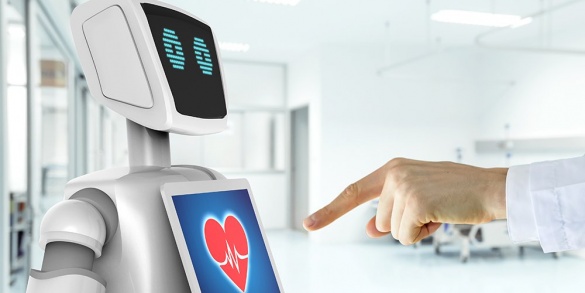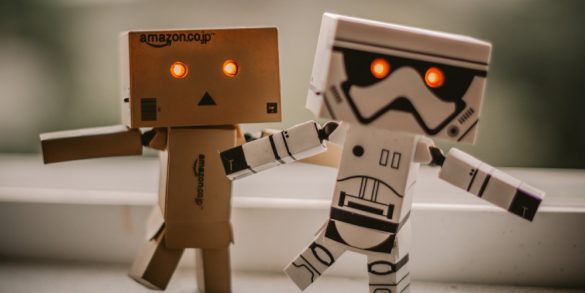The Robotic Process Automation market is booming. The global RPA market was worth $2.3 billion in 2022, with an estimated CAGR of 39.9% until 2030. So, what are the reasons…
robotic process automation
Robotic process automation (RPA) is a software technology that makes it easy to build, deploy, and manage software robots that emulate human actions interacting with digital systems and software.
The corporate world has seen an intense adoption of Business Process Automation (BPA) and Robotic Process Automation (RPA) in recent years. Globally, digital process automation, according to a 2018 report…
RPA adoption is on the rise. The pandemic-induced remote work scenario and rise in digital transactions have also nudged enterprises to buy into automation. It helps them reduce the pressure…
Robotic Process Automation & Artificial Intelligence: Built for Each Other
Robotic Process Automation (RPA) is a software program that does repetitive tasks based on rule-based algorithms. RPA can be regarded as a subset of the bigger technology that Artificial intelligence…
RPA in BFSI – An Effective Tool for Intelligent Banking to Improve Customer Experience
The modern banking and finance business is constantly growing and changing exponentially. As a result, financial institutions are faced with the challenge to stay competitive and create better and efficient…
RPA Implementation in Healthcare: A perspective in times of a Pandemic
How RPA is Bridging the Gap between Healthcare delivery, administration & Technology When it comes to handling high volume, highly-repetitive tasks without human interference, businesses turn to Robotic Process Automation…
How RPA Saves the Day for Healthcare During the COVID-19 Pandemic
RPA has always offered significant advantages for the healthcare industry. The COVID-19 pandemic makes RPA almost indispensable for the healthcare providers and other industry stakeholders. RPA helps in COVID-19 testing,…
Robotic Process Automation (RPA) in Healthcare
In 2016, the United States Census Bureau reported that the US healthcare industry is on the verge of a “demographic earthquake” due to an ageing population. The pandemic has only…
In 2017, a Deloitte survey found that enterprises were convinced robotic process automation (RPA) could deliver a significant boost in productivity, higher quality, faster turnaround time, and improved compliance. Yet,…










